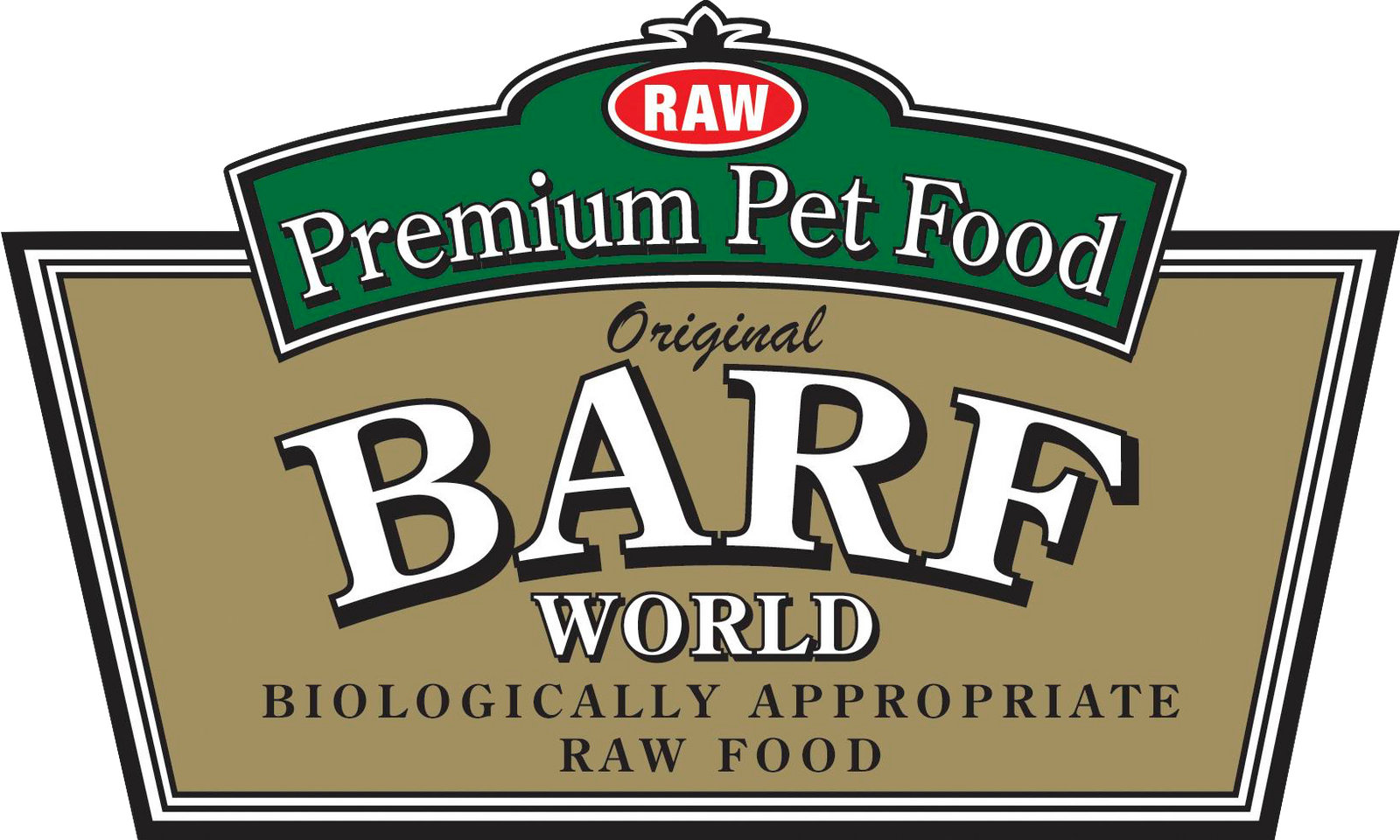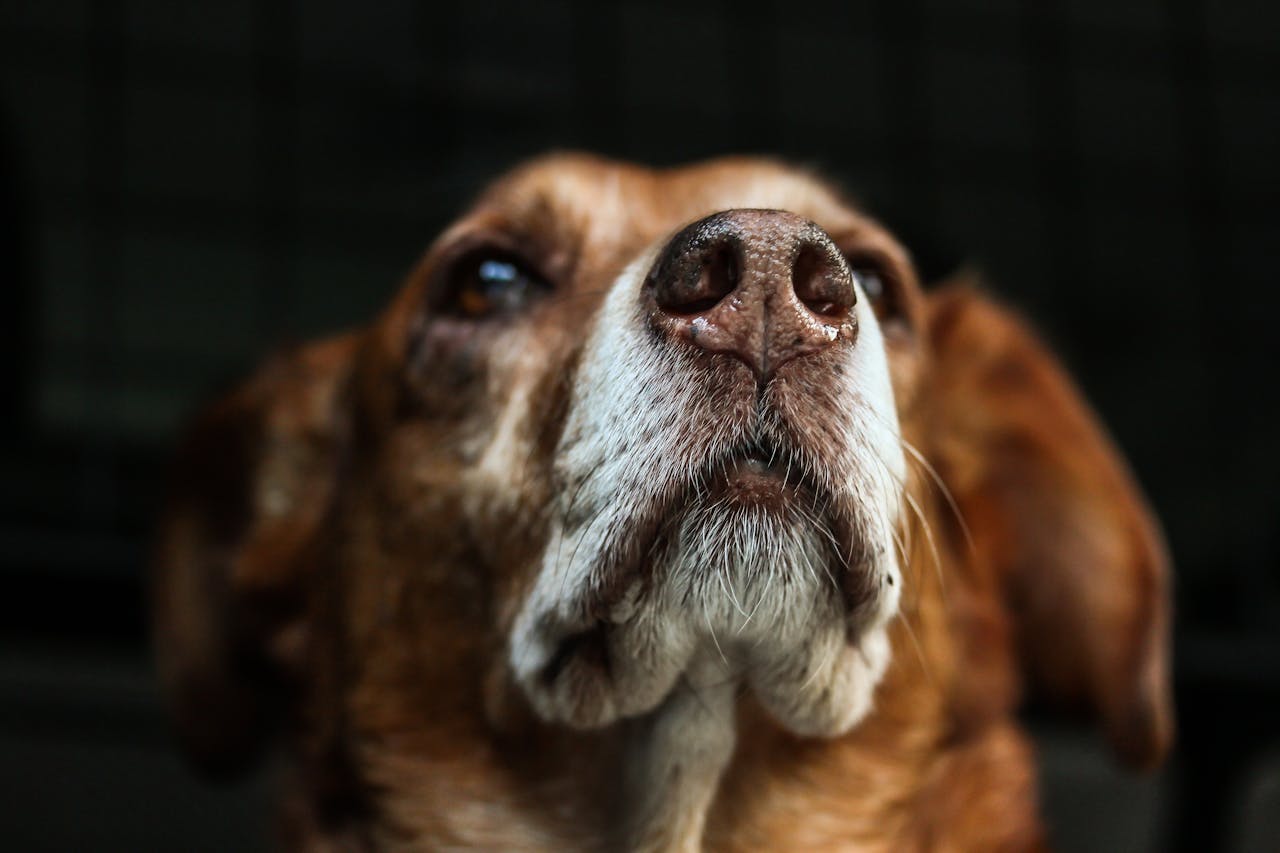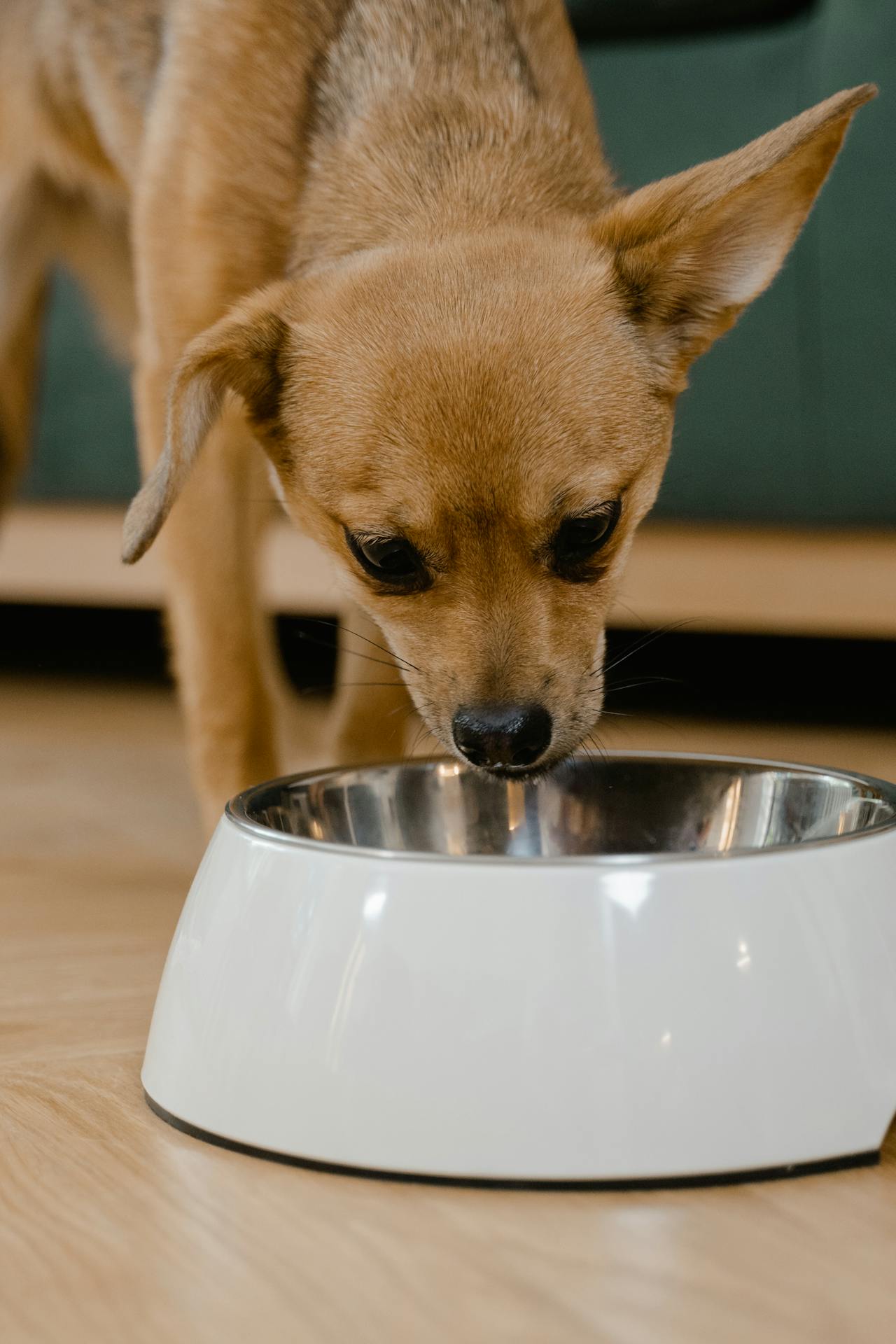The preservation of meat and fish is a science that has evolved for centuries. The purpose of preservation is to allow food to be stored for longer periods of time without risk of spoiling. Preserving food is a critical step to ensure abundance during certain times of the year when food is scarce.
Man and animals are dependent on foods of plant and animal origin. As nature has taught us, food obtained in a fresh, raw state will spoil quickly. Thus methods to properly preserve foods and extend their shelf life have been developed and improved on over time.
Freshness Factor Affecting Nutrient Density
Some people are concerned about the fact that preserved food is not as healthy as fresh food. Preservation techniques such as freezing and dehydrating decrease the nutritional value of the food. It’s true that fresh food is always preferable and contains the maximum nutrient levels – however preserved food is always a better choice than processed and heat-treated food.
At What Temperature Do Nutrients Become Damaged?
Foods that are heated to a temperature exceeding 118° Fahrenheit will be subjected to a destruction of the vital enzymes and “good bacteria” needed for proper digestion and utilization of nutrients by the body. For this reason, the preferred methods to preserve food (especially raw meat and fish) are through the procedures freezing and freeze-drying.
How Long Can Meat And Fish Be Kept From Spoiling?
Fish spoils quickly and in climates with above normal heat temperatures, it will often spoil in less than 12 hours. A popular method for extending the storage life of fresh caught fish is to cool it with ice or freeze it.
The speed that meat spoils depends on several factors such as: storage temperature, acidity of the meat, structure of the muscle tissue, and the overall hygienic conditions used to process the meat. For example, a firmer muscular tissue, such as beef, spoils less quickly than organ meats. Proper hygiene and clean handling of the carcass has a positive effect on storage life. A good rule of thumb is to preserve the meat as soon as possible after slaughter.





